Related Research Articles

The Cavendish Laboratory is the Department of Physics at the University of Cambridge, and is part of the School of Physical Sciences. The laboratory was opened in 1874 on the New Museums Site as a laboratory for experimental physics and is named after the British chemist and physicist Henry Cavendish. The laboratory has had a huge influence on research in the disciplines of physics and biology.
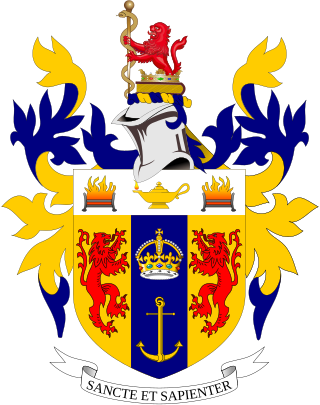
King's College London is a public research university located in London, England. King's was established by royal charter in 1829 under the patronage of King George IV and the Duke of Wellington. In 1836, King's became one of the two founding colleges of the University of London. It is one of the oldest university-level institutions in England. In the late 20th century, King's grew through a series of mergers, including with Queen Elizabeth College and Chelsea College of Science and Technology, the Institute of Psychiatry, the United Medical and Dental Schools of Guy's and St Thomas' Hospitals and the Florence Nightingale School of Nursing and Midwifery.
Charles Alfred Coulson was a British applied mathematician and theoretical chemist.

Sir William Lawrence Bragg, was an Australian-born British physicist and X-ray crystallographer, discoverer (1912) of Bragg's law of X-ray diffraction, which is basic for the determination of crystal structure. He was joint recipient of the Nobel Prize in Physics in 1915, "For their services in the analysis of crystal structure by means of X-rays"; an important step in the development of X-ray crystallography.

Sir Peter Mansfield was an English physicist who was awarded the 2003 Nobel Prize in Physiology or Medicine, shared with Paul Lauterbur, for discoveries concerning Magnetic Resonance Imaging (MRI). Mansfield was a professor at the University of Nottingham.

Peter Ware Higgs is a British theoretical physicist, Emeritus Professor in the University of Edinburgh, and Nobel Prize laureate for his work on the mass of subatomic particles.
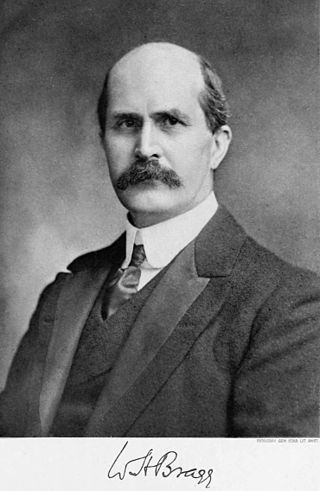
Sir William Henry Bragg was an English physicist, chemist, mathematician, and active sportsman who uniquely shared a Nobel Prize with his son Lawrence Bragg – the 1915 Nobel Prize in Physics: "for their services in the analysis of crystal structure by means of X-rays". The mineral Braggite is named after him and his son. He was knighted in 1920.

Michael James Duff FRS, FRSA is a British theoretical physicist and pioneering theorist of supergravity who is the Principal of the Faculty of Physical Sciences and Abdus Salam Chair of Theoretical Physics at Imperial College London.
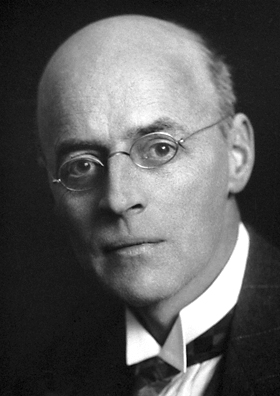
Sir Owen Willans Richardson, FRS was a British physicist who won the Nobel Prize in Physics in 1928 for his work on thermionic emission, which led to Richardson's law.
Michael Boris Green is a British physicist and a pioneer of string theory. He is Professor of Theoretical Physics in the School of Physics and Astronomy at Queen Mary University of London, emeritus professor in the Department of Applied Mathematics and Theoretical Physics and a Fellow of Clare Hall, Cambridge. He was Lucasian Professor of Mathematics from 2009 to 2015.
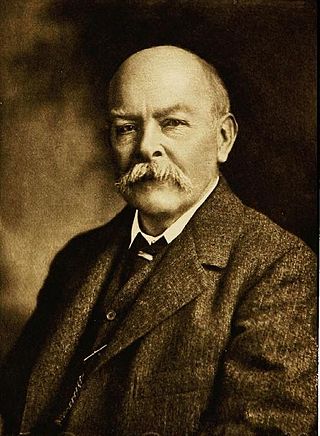
John Henry Poynting FRS was an English physicist. He was the first professor of physics at Mason Science College from 1880 to 1900, and then the successor institution, the University of Birmingham until his death.

Raymond George Gosling was a British scientist. While a PhD student at King's College, London he worked under the supervision of Maurice Wilkins and Rosalind Franklin. The crystallographic experiments of Franklin and Gosling, together with others by Wilkins, produced data that helped James Watson and Francis Crick to infer the structure of DNA.
Raymond Frederick "Ray" Streater is a British physicist, and professor emeritus of Applied Mathematics at King's College London. He is best known for co-authoring a text on quantum field theory, the 1964 PCT, Spin and Statistics and All That.
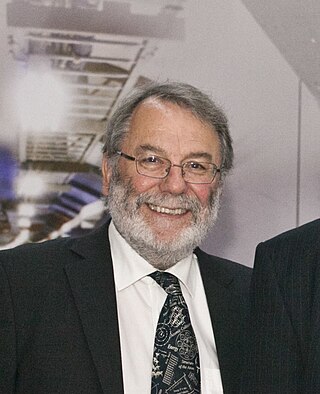
Sir Peter Leonard Knight is a British physicist, professor of quantum optics and senior research investigator at Imperial College London, and principal of the Kavli Royal Society International Centre. He is a leading academic in the field of quantum optics and is the recipient of several major awards including the Royal Medal from the Royal Society and the Thomas Young Medal and Prize from the Institute of Physics. He is a former president of the Institute of Physics and the Optical Society of America, the first non North American-based person to take the position.
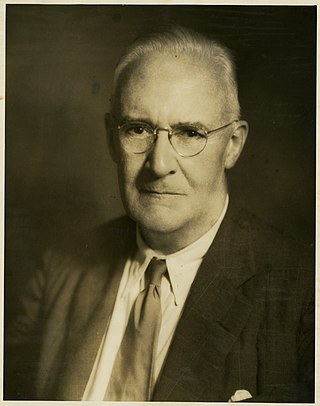
Harold Albert Wilson FRS was an English physicist.
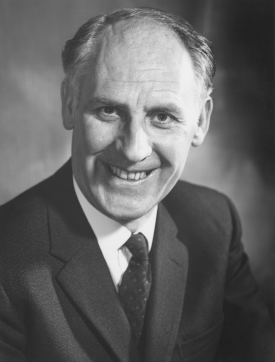
Raymond Hide CBE FRS was a British physicist, who was a professor of physics at the University of Oxford and, since 2000, senior research investigator at Imperial College, London.
Frank Horton FRS was professor of physics at Royal Holloway College, London University from 1914 to 1946 and later Vice-Chancellor of London University during the years of World War II from 1939 to 1945.
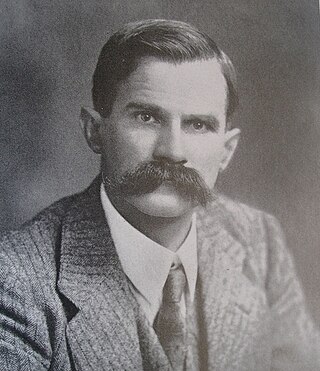
William Wilson FRS FHAS was a leading figure in academic circles. He was born at Goodyhills, in the Abbey Holme district of Cumberland in 1875. He was educated at the village school at Holme St Cuthbert, Cumberland, before attending the Aspatria Agricultural College, Aspatria, Cumberland.

Michael Richard Edward Proctor is a British physicist, mathematician, and academic. He is Professor of Astrophysical Fluid Dynamics at the University of Cambridge and, since his election in 2013, the Provost of King's College, Cambridge and school governor at Eton College.
Peter Anthony Butler is a Professor of Physics at the University of Liverpool. He was elected a Fellow of the Royal Society (FRS) in 2019 for "substantial contributions to the improvement of natural knowledge".